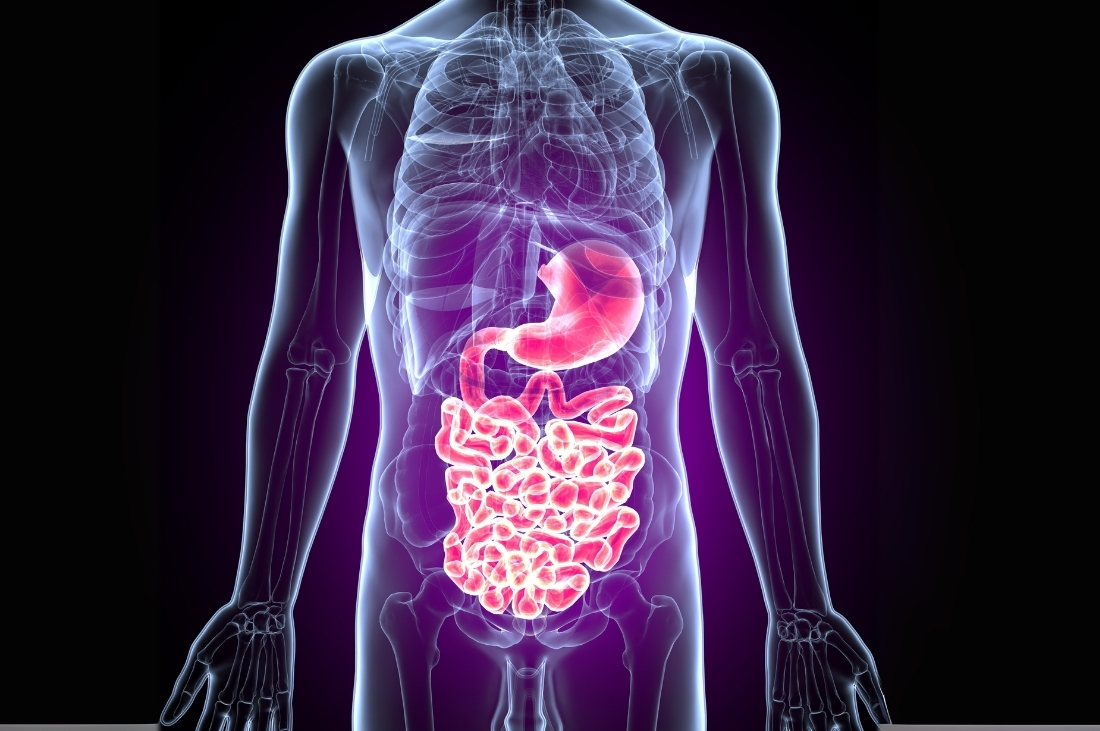
Forty to seventy percent of drug candidates never reach therapeutic levels in humans because of poor solubility or inadequate oral absorption. (Source: Journal of Nanobiotechnology, BioMed Central)
That simple fact explains why new formulations matter as much as new molecules. If a compound never crosses the gut barrier reliably, all the R&D behind it is wasted. An adapted drug delivery system should be the practical answer for this. It gives molecules a fighting chance in the gastrointestinal tract.
The gastrointestinal (GI) tract is not a single obstacle. It’s a sequence of different, evidently hostile environments.
Very low pH and thick mucus. Rapid churning and variable emptying times reduce contact with the gastric mucosa.
Large surface area but rapid transit, active enzymes, bile salts, plus tight epithelial barriers that control what passes into the bloodstream.
Distinct microbiota and enzymatic activity. pH and residence time differ from the upper tract; both can be exploited for targeted release.
The mucus layer traps particles; tight junctions limit paracellular transport. Combined, they prevent many drugs, especially large or hydrophilic molecules, from reaching absorptive surfaces.
Understanding each site is essential because an oral drug delivery solution must be designed with these micro-environments in mind. The more targeted the design, the better the chance of reliable bioavailability.
Design choices in the drug delivery system must be mapped to the specific barrier that need to be overcome. The literature shows several practical approaches with demonstrated utility.
Effervescence or gas-generating excipients reduce density and keep dosage forms at the gastric surface longer, increasing residence time and local release.
Cationic polymers (for example, chitosan) adhere to negatively charged mucins, slowing clearance and improving local uptake.
These delay release until the drug reaches neutral-to-alkaline segments, protecting acid-labile molecules and tuning where release occurs.
Conjugating lectins or receptor ligands can increase transcytosis across the epithelium and improve mucosal uptake for poorly permeable formulations.
Polysaccharides and azo-bonds exploit colonic enzymes to achieve localised release; useful for IBD and colon-targeted therapies.
These offer directional release, protection from enzymes, and tunable residence times, making them promising media for bringing biologics closer to oral viability.
India’s manufacturing base is a global backbone for generics. But modern Oral Drug Delivery Systems (ODDS) change the status quo from “make the molecule” to “deliver the medicine reliably.”
The following is what this means for generic drug manufacturers in India:
A familiar active ingredient in a novel drug delivery system can command better market access and longer commercial life.
ODDS adds layers of documentation such as stability, release profile justification, and sometimes additional clinical bridging. Expect tighter scrutiny but clearer value if performance improves.
Manufacturers will need formulation expertise, analytical support, and supply-chain adjustments for specialised excipients or microdevices. That is an investment, but it converts low-margin commoditised products into higher-value offerings.
Many global manufacturers seek partners who can deliver both cost-efficiency and formulation sophistication, which is a strategic opening for generic drug manufacturers in India that invest in ODDS.
Advanced Oral Drug Delivery Systems deliver measurable returns to therapy and to business.
Especially for BCS Class II–IV compounds, where solubility and permeability limit plasma exposure.
Localised release reduces systemic exposure and the side-effect burden.
Oral, controlled-release formats replace injections and frequent dosing, improving real-world outcomes.
While designing an oral drug delivery solution, the release profile defines how the therapy performs with respect to patient adherence. We’ve covered this in detail in our earlier blog, 5 Drug Release Profiles and Why You Should Know Them.
Designing effective oral drug delivery solutions is a technical challenge and a strategic opportunity. The GI tract presents compartmentalised barriers, acid, enzymes, mucus, epithelial tight junctions, and microbiota, and every successful oral drug delivery solution answers each with an intentional design choice.
If your pipeline contains molecules limited by oral bioavailability, consider a partner who combines formulation science with regulatory know-how and manufacturing scale.
ZIM Laboratories Limited is a therapy-agnostic and innovative drug delivery solution provider focusing on enhancing patient convenience and treatment adherence to drug intake. We offer a range of technology-based drug delivery solutions and non-infringing proprietary manufacturing processes to develop, manufacture, and supply innovative and differentiated generic pharmaceutical products to our customers globally. At ZIM Labs, we provide our customers with a comprehensive range of oral solid value-added, differentiated generic products in semi-finished and finished formulations. These include granules, pellets (sustained, modified, and extended-release), taste-masked powders, suspensions, tablets, capsules, and Oral Thin Films (OTF).